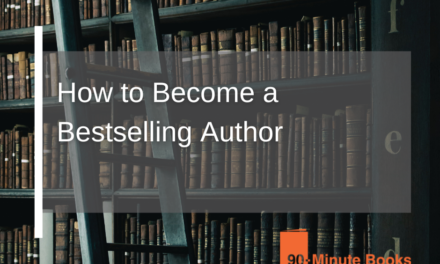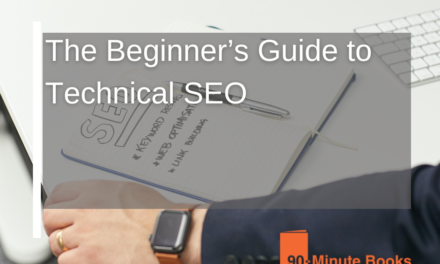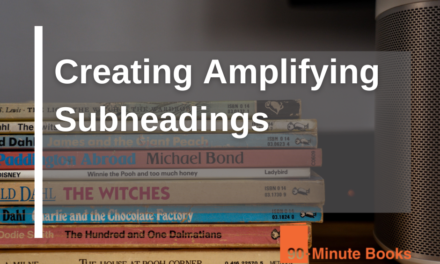Let’s talk about a couple of the really foundational and straightforward and simple things you can do to get your book out there and really generate interest, not only in the book itself, because, as we talk about a lot, we’re not too bothered about the books themselves as things, but what we are interested in is generating that interest and conversation around potentially doing business with people.
People generally seem to shy away from the basic things that can be done to generate interest in their book. The basics are rarely glamorous and are often tedious. The trick is to put systems in place so that many things are done in the background without your constant supervision. Create a functional, scalable system.
“Are you concerned about exposure for the book, or concerned more about exposure for the business?”
What is your ultimate goal? We’re assuming the reason for your book is to use it as a lead-generation tool.
Your Website
Sounds obvious, doesn’t it? You would be surprised at how few people do this. Most people already have a website for their products/services. Put the book front and center on your homepage. Another question is, “Okay, should I put the book on my website, or should I have a website for the book?”And the answer is both because they’re both doing different jobs.
If you’re directing specific traffic to this place, people can request a copy of the book, so a great example is a Google AdWords ad. If you had a book, let’s imagine it is January, so everyone is talking about dieting; so if you had a book on fasting, and you were running Google ads about getting a copy of the fasting book, then the place that you would want to send them to is the book website, because, as much as possible, you want to give people the opportunity to complete the thought they’ve already had.
They’ve already clicked on the ad, so they want a copy of the book, so the website’s sole purpose is just for them to finish that thought. You don’t want to add any other distractions or additional information or make them question that decision. So, no more information. You don’t like to send them to your website. That’s got a whole load of other stuff at this stage. You just want them to execute that thought.
If then, the other end of the spectrum, people are organically coming to the site because they’re doing a search for a particular thing. They’re not necessarily coming specifically for the book but for broader information. They find the place in search results and then come to the website. The book is the easiest way to get them to raise their hand, opt in at a shallow commitment way, and then you can start the conversation with them afterward.
Super-signatures
The super signature aims to give people options to progress the conversation or provide a better understanding of your service. As the name implies, it is located in the footer of the signature section. Instead of just having your contact information, you can place a link to your website or book’s website for them to opt-in.
So the super signature is the thing that in each email gives people the opportunity to self-identify and take their understanding, take their journey further by offering another thing. You can learn more about super signatures here.
Social Media
Use your LinkedIn profile, Facebook page, Twitter profile, etc., to generate interest in your book. Adding in that you are an author carries through quite a lot of that. There’s an additional social or credibility boost just because you’re putting those words on the page. And those other assets are out there already.
In Conclusion
There are many more basic ways to get your book out there. For more of them, head over to the 90-minute book podcast. Stuart and Betsey do a great job of expanding on the topic further.











